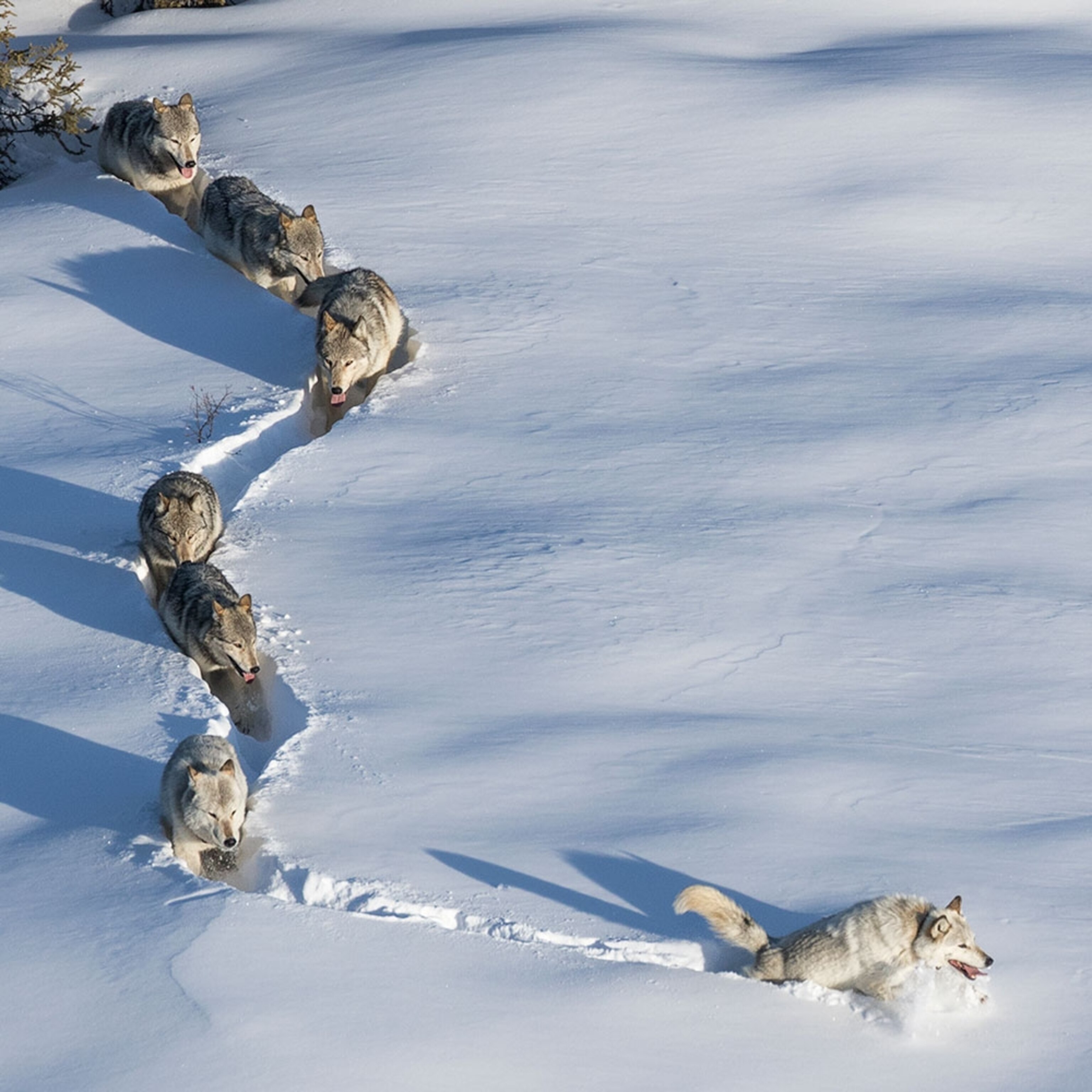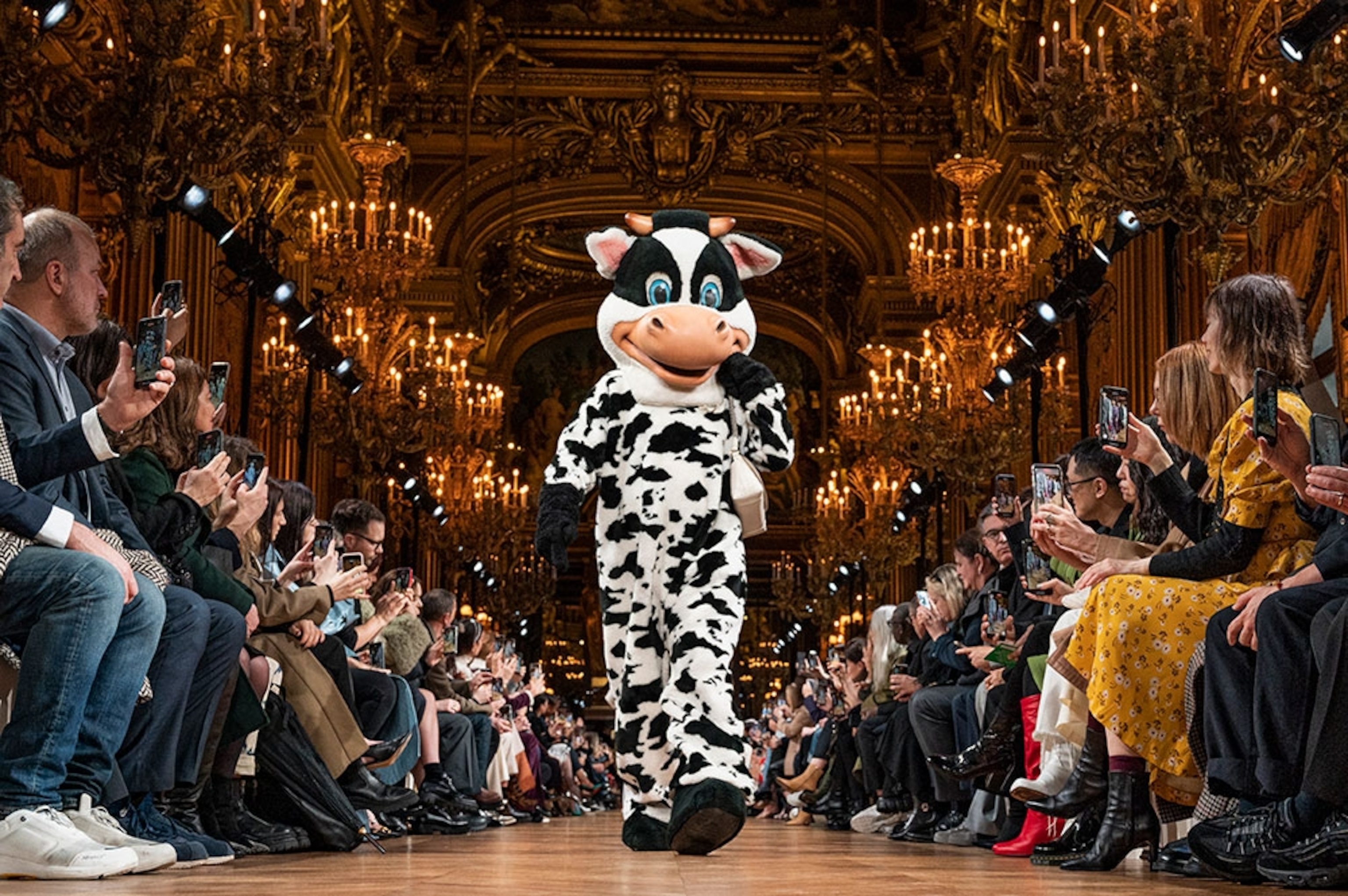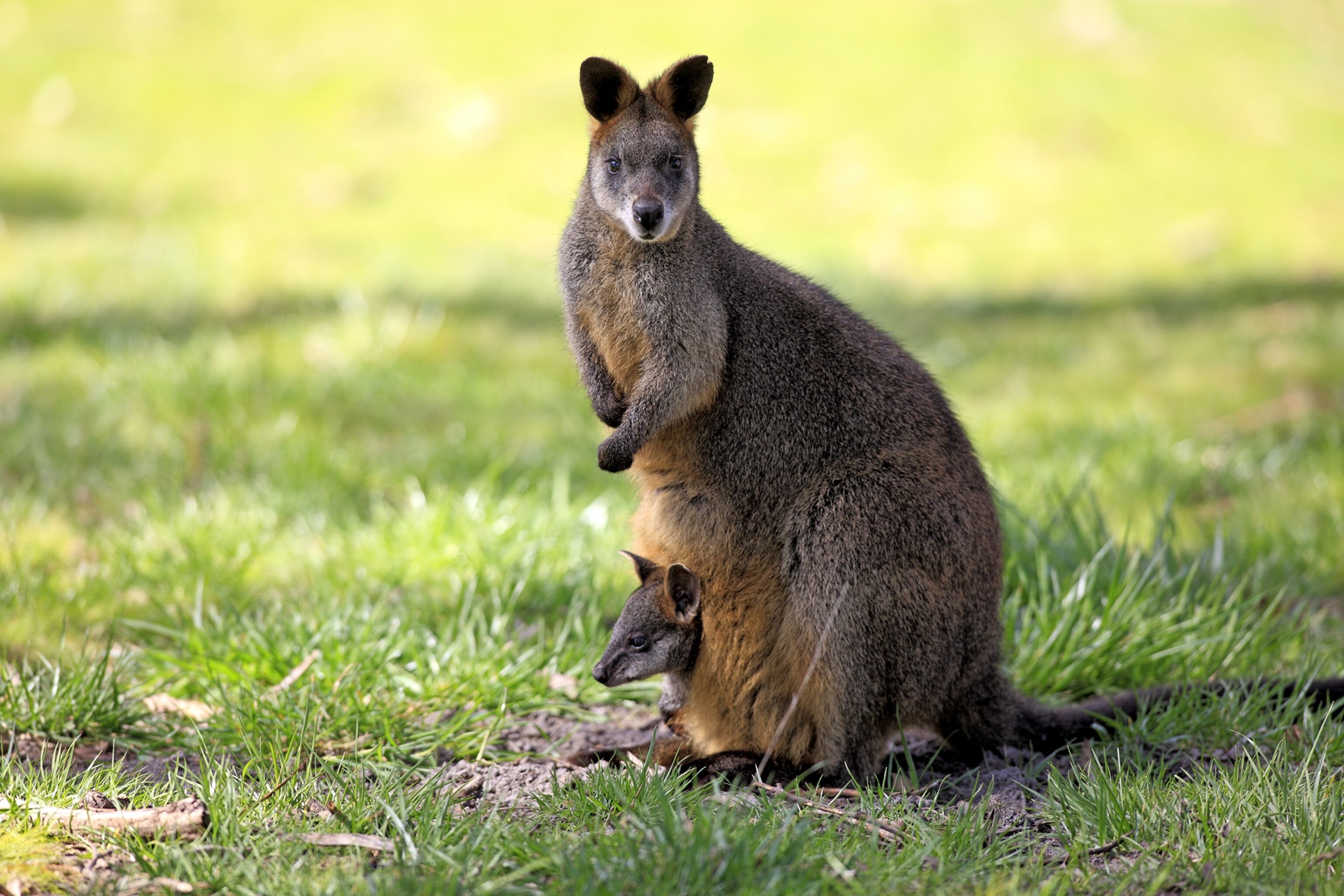Why are we afraid of snakes?
By Rachael Bale, ANIMALS Executive Editor
The other day, I was editing something about king cobras, and it reminded me that when I was a kid, I had a major fear of them. (I grew up in Southern California, where rattlesnakes were a more tangible threat, but … you know.) When I learned that mongooses actually hunt and eat them—well, I had a new favorite animal.
Today I know that king cobras are shy and would rather flee than attack a human. This is true for many species of snakes. Yet many of us continue to fear them. Why? It’s possible that it’s hardwired, an evolutionary advantage given to those who avoided dangerous animals. On the other hand, some studies have suggested the fear is learned from our parents.
Regardless, snakes play an important role in the ecosystem, and they have a lot to offer us humans. They control populations of disease-carrying rodents, and their venom has numerous current and potential medical uses. National Geographic Explorer Zoltan Takacs is a lead researcher in this field, and he's tracking those uses for venom.
Am I still skittish? Sure. Although I won’t be hugging a king cobra anytime soon, I will show it some respect.
Do you get this newsletter daily? If not, sign up here or forward to a friend.
Your Instagram photo of the day

New frontier: Wolves lead their offspring to new hunting grounds deep in Denali National Park, in Alaska. The Iron Creek pack’s breeding pair breaks trail through fresh snow, with the female leading, writes photographer Aaron Huey. “I watched the pack over the course of three days as they devoured a moose, and then I was lucky enough to catch them as they left that site, crossing this large, unbroken field of snow.”
Are you one of our 132 million Instagram followers? (If not, follow us now.)
Today in a minute
A big save: A female three-toed sloth gave birth in a tree, but the seconds-old newborn slipped and dangled toward the forest floor. The umbilical cord still connected it to its mother, though, who brought it to safety and licked the baby clean. The event was witnessed by gasping tourists in Costa Rica, writes Jason Bittel for Nat Geo, and scientists are unsure whether the lifesaving move by the mother is evolutionary. Here’s the video.
The American connection: The U.S. isn’t a big consumer of shark fins, but its big, busy airports and seaports make it a transit point for shipments of shark fins going to Asia, writes Nat Geo’s Rachel Fobar. For every metric ton of shark fins, 1,500 sharks are killed. A recent bust at Miami International Airport contained illegal fins from the great hammerhead shark, the silky shark, and the thresher shark.
Do animals vote? Even some animals need to caucus. “We’re not even the only primates that primary,” the New York Times writes. Honeybees seek consensus on options presented by scout bees for possible new colony locations. The number of sneezes by African wild dogs can determine if they are ready to hunt. Meerkats, which forage in groups, have a call that seems to mean: “I’m about ready to move on from this dirt patch. Who’s with me?”
They’re back: Fur trappers hunted the weasel-like fisher out of existence in Washington State. But now, the carnivores, like the grizzly bear and gray wolves, are back in the most northwest of the continental United States for the first time in a century. Jason Ransom, the lead wildlife biologist for North Cascades National Park, tells Nat Geo: “If you have more species, you have a better chance of keeping the ecosystem functioning and intact."
The big takeaway

Funny, for a second: What was designer Stella McCartney doing, having people in animal costumes (above) walk down the runway during Paris Fashion Week like entertainers at an amusement park? The upbeat strut carried a chill: McCartney told the Guardian that her luxury fashion house, unlike others, doesn’t kill animals to create garments and accessories for its customers. She said she wanted “to sugarcoat a powerful, meaningful message in a little bit of humor and fun, to make our point in a palatable and digestible way so that people listen."
Did a friend forward this to you?
Come back tomorrow for Whitney Johnson on the latest in photography news. If you’re not a subscriber, sign up here to also get Debra Adams Simmons on history, George Stone on travel, and Victoria Jaggard on science.
The last glimpse

Respect: How can you get pregnant again before having a baby? Australia’s female swamp wallabies can—and do. They have two uteruses and often get pregnant (again) just a day or two before giving birth from another pregnancy. The wallabies, unlike the European brown hare (which can also get pregnant while pregnant), are continuously pregnant most or all of their adult lives, Nat Geo’s Douglas Main writes.